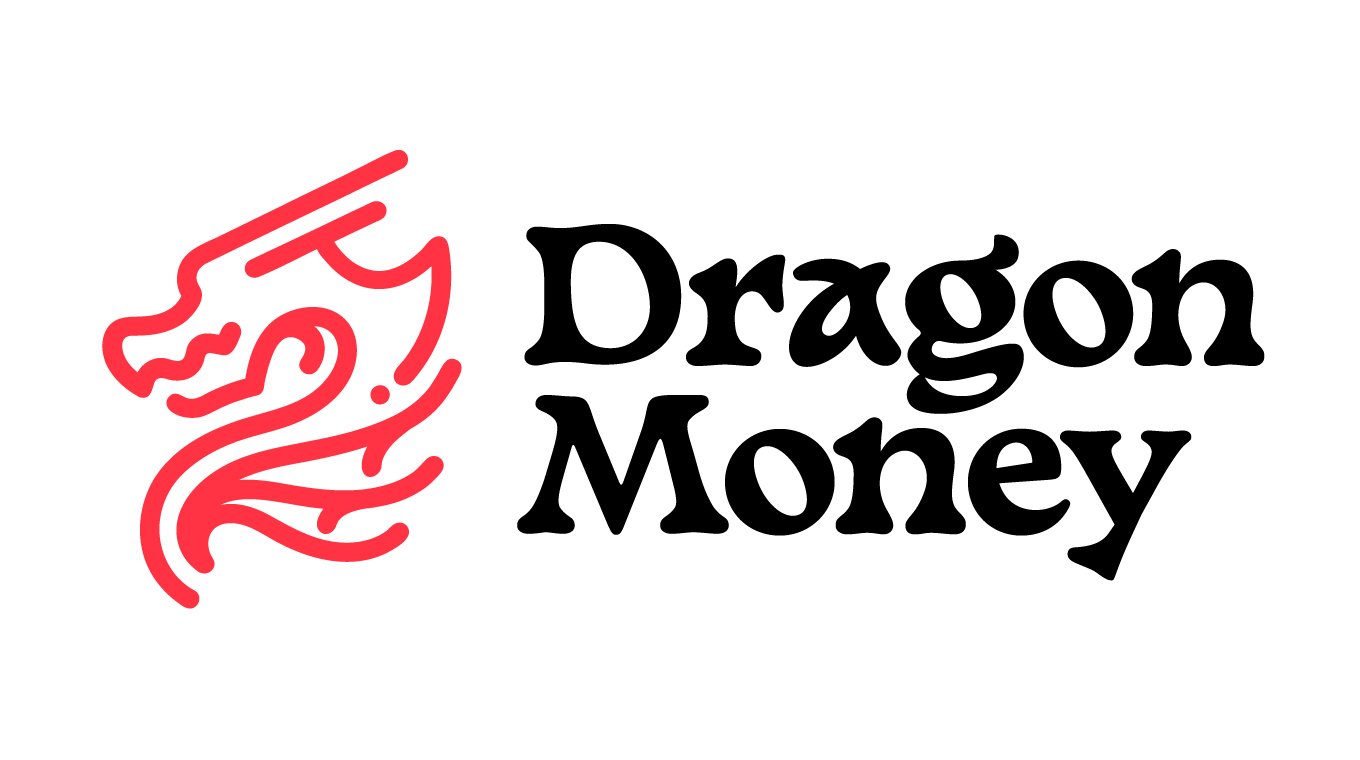How to Save Like a Dragon
Earning More Interest
Everywhere you turn you’ll see articles about inflation raising the cost of borrowing money. Something you may not realize is that you are also able to earn more on your savings as deposit rates have also gone up. While meeting with people for my old job at a credit union, I realized that many people are missing out on maximizing their earnings in their savings accounts and leaving easy money on the table. It’s actually wild how many people walked through the door with high amounts of savings in low-interest-bearing accounts, simply because they did not know there were better alternatives.
During the pandemic, many Money Markets and CDs (Certificates of Deposit) had atrocious rates. However, the rates on those have steadily risen with overall interest rates. Most banks or credit unions have an introductory savings account with a low rate. I’ll spend some time here introducing the different types of accounts, and then showing you what a difference it can make. At the end of this article, hopefully, you will be convinced to check in on your savings rate.
All About Deposit Accounts
Savings Account:
This is your introductory account at most credit unions and banks. Typically, good for emergency funds or short-term savings goals. A place to set aside money and keep it safe. Most savings accounts have a low rate unless they are specifically designed and marketed to be high-yield savings accounts. Interest fluctuates on most products, so I won’t be foolish enough to quote exact numbers but think of nominal interest rates.
Money Market:
Higher yield savings account with fluctuating interest rates. These tend to move up and down depending on the rate set by the financial institution. This type of account typically allows for normal withdrawals and deposits in contrast to CDs, so it is better for emergency funds. This is a good account to save for a house down payment.
CD (Certificate of Deposit):
A CD is a long-term savings account. The money is locked away for a set time of months to years and earns a guaranteed interest rate for that time. You cannot withdraw early without sacrificing some dividends earned over the course of the CD. Not as useful for emergency funds, but more useful for known expenses or extra savings.
Basic Strategy on Savings Products
Between these three types of accounts, it is important to acknowledge their different benefits and use them to your advantage. The basic savings account can be useful for small purchases or for simplicity, but I typically move most of my liquid funds to the Money Markets or CDs.
Money Markets are good for emergency funds because you can typically access them as needed. The interest rate will fluctuate based on whether the Federal Reserve is hiking rates. So, I would keep more money in here as interest rates are rising but would move them to a CD for a guaranteed rate if rates were going to fall.
At the time of writing, these rates are rising, so it makes more sense to put your money in a Money Market. After all, why put it in a CD and lock it in at a rate that would be higher in a month? However, if you noticed that rates were starting to go down to stimulate the economy, then it makes more sense to put your money into a CD to take advantage of the high rates for a set amount of time while they drop elsewhere.
The Difference it Makes
Almost to prove a point – In the middle of writing this original article at work, I helped someone who had over $100,000 in a basic savings account. (Technically, I was getting paid for this article but only through wage theft. Hehe) $100,000 is a really nice number to illustrate my point. Here is the updated APY or Annual Percentage Yield as of 10/13/2023 at my credit union.
Savings Account Rate: 0.03%
Money Market Rate: 3.42%
A quick calculation with our simple savings calculator would earn this member $3,444 more in interest per year. Now, I know most people don’t have close to this in their accounts, but my point is that if you can improve small portions of your personal finance strategy along the margins it can help you immensely. For instance, earning 2% more on your savings and making purchases with a 2% cash-back credit card can be combined to improve your savings even more. A lot can happen along the margins.
What to Do Now
You should start by checking out what your current APY is on your savings account. Then I’d recommend you check out your local credit union or a few banks in your area. Ask for rate sheets if you go in person or look online and compare to find a good fit for you. I won’t make any suggestions for now, but potentially I will add some here in the future.
To help you get started saving, try printing this out and coloring it in as you go!
Dragon Savings Chart
Print it out, color it in, and make saving fun!


